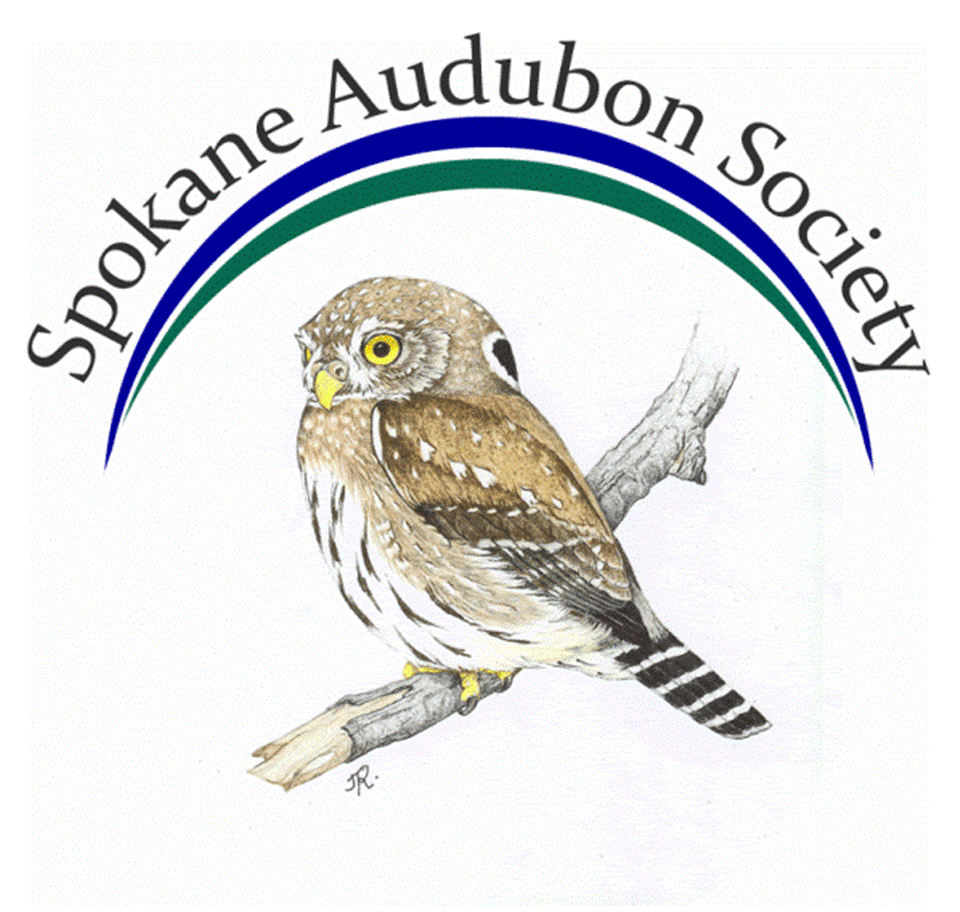All About Nests and Nesting
The following is from Nestwatch.org
https://nestwatch.org/learn/how-to-nestwatch/faqs/i-think-the-nest-was-abandoned-how-can-i-be-sure/
Q: I think the nest was abandoned, how can I be sure?
If you find a nest with eggs and no parents, first verify that the nest is actually abandoned. The incubating adult may leave the nest for periods of up to 15 minutes to feed and/or let the eggs slightly cool. Or, while many songbirds do start to incubate the day before or the day the last egg is laid, sometimes the parents make exceptions. For example, Tree Swallows may wait up to a week to start incubating a clutch of eggs. Finding such a nest may give the appearance of abandonment, when in reality this is not the case. For most birds, eggs will remain viable for up to two weeks after being laid and before being incubated, so as a rule of thumb, you should wait at least this long before discarding unincubated eggs. In other cases however, whole clutches may fail to hatch despite being properly incubated and eventually the nest is abandoned.
A severely traumatic event, such as a predator investigating the nest for too long, or an infestation of insects, could also cause the parents to leave. Frequent or aggressive disturbances from humans can also cause nest desertion, and care should be taken to eliminate this possibility. Certain species are more prone to desertion than others. Also, young inexperienced breeders are typically more sensitive than mature established pairs, though individual birds vary greatly in the degree to which they will tolerate nest inspection. Points to remember:
Do not assume a nest is abandoned just because you don’t see or hear an adult in the vicinity.
Do not try to hand raise eggs or young that appear abandoned. Raising wild birds is illegal in the absence of appropriate permits, which vary from among states.
Contact a local wildlife rehabilitator if you find injured birds.
Remember that it is illegal to remove any materials from an active nest, so do not remove nesting materials until you are certain the nest is not being used.
